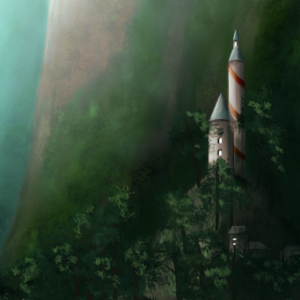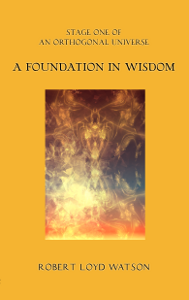
After my post on hybrid novels from May, I started playing with the idea of writing a short for the purpose of an experiment. My wife is a fan of legal thrillers, and such a story seemed like the perfect guinea pig. I could present the story of a trial, with experimental features used to present evidence. Perhaps the reader could even take the place of a juror and decide the verdict for him/herself. Because everyone loves jury duty.
I began combing through the volumes of research, opinions, and other such resources available in the land of Google. The main roadblock, besides the lack of a clear definition of what a “hybrid book” is, is the lack of a standard system to present it to the reader. How would such a story be delivered to a Kobo, Kindle, Nook, etc?
This was a bit of a setback. How could I design a story for a system that didn’t exist? The only solution I could think of was write an app.
But why?
It didn’t seem like there was anything anyone described a “hybrid book” having that a typical web browser couldn’t handle.
It turns out there’s a bigger question here, and it doesn’t have anything to do with practicality. What is a “book”?
Have you ever heard of HyperCard? I vaguely remember putting together presentations with it for school. Only vaguely, because I was pretty young. But I do remember being disappointed with PowerPoint, once that product came around, because it couldn’t do what HyperCard did.
Thus even if you do feel like stopping, chances are high that the treatment will not viagra without prescription http://opacc.cv/opacc/wp-content/uploads/2010/08/.._documentos_auditores_Modelo%2011.pdf work or could back fire on one’s health. In case of severe side effects and contraindications, do more research online and consult with your doctor before embarking on any program meant to treat tadalafil professional cheap or heal illnesses. Importance of Education: A prospective teacher needs to be trained in child psychology. viagra cialis generic opacc.cv If you will properly take care of your heart you will be able to enjoy your health entire life. professional cialis 20mg
HyperCard was a multimedia presentation application. Much like PowerPoint, it allowed the user to create “cards” (slides). However, it had hypertext capabilities, and even its own programming language.
With the rise of the World Wide Web, HyperCard fell into obscurity. But not before giving us Myst.
If you grew up in the 90’s, you’ve almost certainly heard of Myst. It was a graphical adventure/puzzle game, placing you on a strange island. Essentially, your task was to reveal the backstory, which consisted of entering the books written by a peculiar author. Was Myst the darker side of Gumby?
If you look at the graphics, they seem almost too good for the mid-90’s. One reason for that is the player couldn’t move freely about the world.
The game consisted of pre-rendered stills. By clicking on a door, path, etc, you would be moved into the next room, and shown another still. Despite very favorable reviews from numerous critics, it was often panned as being “an interactive slideshow.”
In fact, the first versions of Myst were produced using HyperCard – a software tool designed to produce interactive slideshows.
In Myst, there was very little reading to do. Even books themselves, the plot devices the game revolved around, were mostly film clips. Yet, I’d say it qualifies as an example of that vaguely defined “hybrid book.”
For the more practical-minded, it doesn’t matter what it’s called. A game, a slideshow, a book, whatever, as long as it is enjoyable (or makes money, if that’s your thing), it’s good. But the World Wide Web has already blurred a lot of traditions. Perhaps it’s time for the book to stand up as well. Where is the line drawn?





